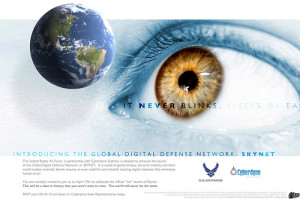As a former technical journalist, I have read enough bad press releases to last a lifetime. As a writer of press releases I try very hard to avoid the poor writing that characterizes so many of them. These include 1) silly claims, 2) bad writing, and 3) no actual news.
Now, I know the pressure clients put on their PR people to produce press releases. The press release is officially supposed to catch an editor’s attention, and sometimes it actually does. These days it’s even more important to improve branding and search results with a widely distributed release. Still, if a press release is horribly written you’re going to have a problem.
Silly Claims
Many press releases lead off with “company so-and-so, the leader in such-and-such.” But when the company is quite new or unknown, they can only announce themselves as the leaders of a ridiculously narrow segment, or worse a segment that no one has ever heard of. Either way the “leader” text doesn’t impress anyone. Instead position the company within a meaningful segment as an innovator, the fastest-growing, award-winning, etc.
Bad Writing
Press releases are fairly formal documents but too many writers make them very obscure. This is from a real release, names changed to protect the not-so-innocent: “The new integration allows service providers to use TaskEngine to capture DreamGrid’s monitoring alerts and automatically convert them into service tickets which can be handled and processed with TaskEngine’s powerful workflow automation engine. This seamless workflow ensures that, in the event of an online backup failure alert from DreamGrid, a service ticket will be immediately created, and escalated as necessary with proper notifications to ensure that the failure event is properly serviced.”
What? That’s just wrong.
No Actual News
Sometimes companies just want to get their names out there and make up press releases from whole cloth. A distributed press release will get you some attention but it will be negative if the release wastes the reader’s time. Spend time to find out if you really have something newsworthy. If you don’t, then don’t write the press release – blog instead for better exposure with a narrowly defined topic.
Are you a technology vendor or agency who’s sick of writing press releases? Contact me today.

